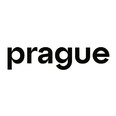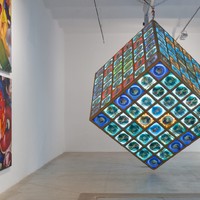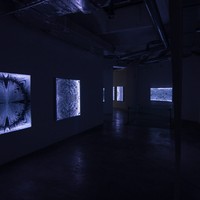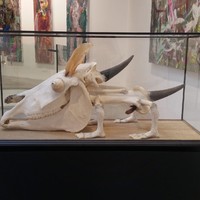Breadcrumbs navigation
Freedom and Otherness: this is LGBT+ art

The people of Prague pride themselves on their free lifestyle without prejudice. And it is their openness and impartiality that allows art, innovation, and creativity to flourish in Prague. Queer culture explores otherness, analyses the psychology and philosophies of a minority community, and seeks to approach, embrace, and interpret the non-heterosexual experience. It helps us reflect on our identity and why we consider one thing normal and something else not.
Published on September 30, 2021
Why do we create cultural and communication barriers, which then become standards? And why is it that when we encounter the queer scene, we retreat into our comfort zone without a rational explanation? After all, observing changes in the world is the primary role of art in developing one’s personality.
What impulses, personalities, key moments in their work have contributed to a more sensitive perception of LGBT+ art? And is it possible to associate art with the word “queer”?
We talked about all this and queer art with the founders of Mothers Artlovers, artists Darina Alster and Kateřina Olivová.
Art through the Eyes of Mothers Artlovers
What does queer art mean to you personally?
Queer art is always activist and feminist. It is art that considers the rights of minorities and the overlooked. It deals with physicality, identity, sexuality, inner and outer ecology, care, as well as the joys of life.
What project from your current work would you like to highlight?
One of my most recent projects dealing with LGBTQ issues is a banner of a non-binary Madonna that I hung on the Marian Column in Prague’s Old Town Square on September 2, 2020.
What was the motivation behind this work?
At a time when the conservative authorities of the world are flaunting religion and nation to restrict the rights of women, return them to “their place” outside decision-making processes, and rape the entire country, we want to give spirituality back its voice. We want her to speak again for the oppressed, to speak the language of understanding and love.
What does the Madonna symbolize?
The face of the non-binary Madonna is the face of the protectors of forests and forests who have died defending them – such as the indigenous protector of the Amazon rainforest, Paul Paulino Guajajar, and others, as well as the faces of activists who fight for women’s and LGBTQI rights and are unjustly imprisoned, such as Yulia Tsvetkova.
Madonna is not only a feminist goddess but, above all, a relationship. Today, the Mother of Mercy rebuilds relationships between people and communities and helps create a society not based on the abuse of power structures. Madonna symbolizes the rediscovered relationship between nature and people, the Mother of Mercy who always protects every child on Earth.
What does queer art mean to you personally?
For me, queer as it relates to art is primarily a question of non-normativity, of otherness in the best sense of the word - of exceptionality, of spirituality. I believe that everyone must have the freedom to express themselves, to enjoy and take advantage of that freedom.
What are you involved in?
I’m involved in motherhood, breastfeeding, I founded the Breastfeeding Guerrilla, and together with Darina Alster, we started Mothers Artlovers - a support group for women in the arts. In general, I am intensely concerned with physicality - my own and that of other people, primarily women.
What project from your current work would you like to highlight?
For example, I would like to highlight the multi-layered work Group of Naked Women in the Landscape, in which I work with the fulfillment of an erotic dream and with raw and rich physicality.
What does this work symbolize?
The work expresses the diversity of women. Every woman is completely different; we have different shapes and different desires, dreams, and activities. And all this is reflected in our bodies. A group of naked women creates a basal, casual yet erotically charged situation where it is possible to see and respond to other women’s bodies, spend time together in a natural setting, and talk about anything. What’s important to me is the variety and diversity of forms, their non-normativity, and their emancipation and empowerment.
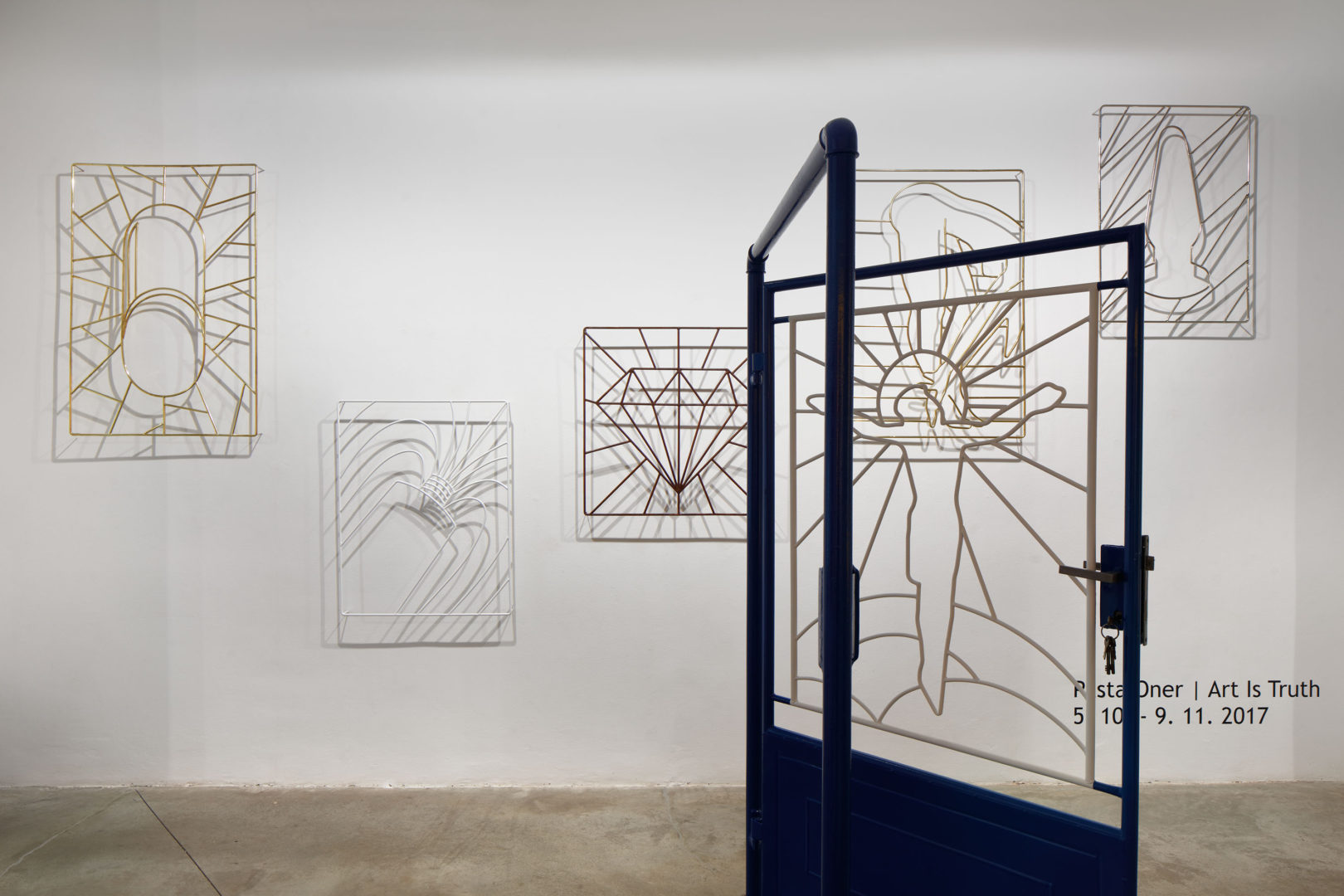
Many contemporary artists, performers, and theorists have addressed the issue of queer art, its perception, and its impact on the general public. At the same time, there are digital and live platforms where it is possible to become more familiar with the LGBT+ community and its worldview, art, and literature.
One such platform is the Mezipatra film festival, which focuses mainly on documentary and artistic films.
And of course, there’s the extensive program offered as part of the Prague Pride festival, which features a wide range of lectures, exhibitions, theatre performances, excursions, and other cultural events focused on LGBT+ arts.
It’s not so much about the label “queer”, but about understanding the art itself and its rich cultural contribution to the world today.
So why not venture out to where the contemporary and LGBT+ art worlds intersect?
You can also find them in Prague galleries such as DSC Gallery (Dlouhá 5, Prague 1) and Art Space Světova 1 (Světova 1, 180 00 Prague 8).
And once you’ve had your fill of art, visit one of the many LGBT+ friendly cafes and restaurants.
 Prague City Tourism
Prague City Tourism
Prague City Tourism (PCT) is a joint stock company 100% owned by the Capital City of Prague and is the certified official organization for Prague City Hall destination management. Its main mission is to promote sustainable domestic and inbound international tourism in the capital.
